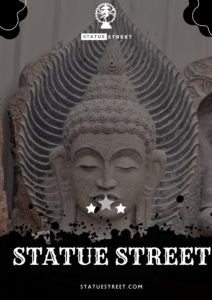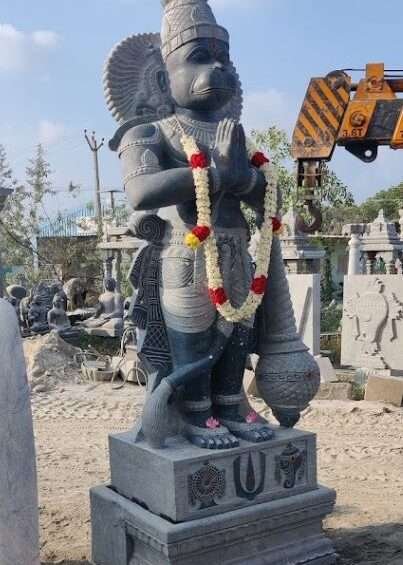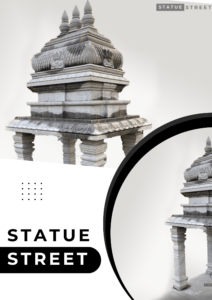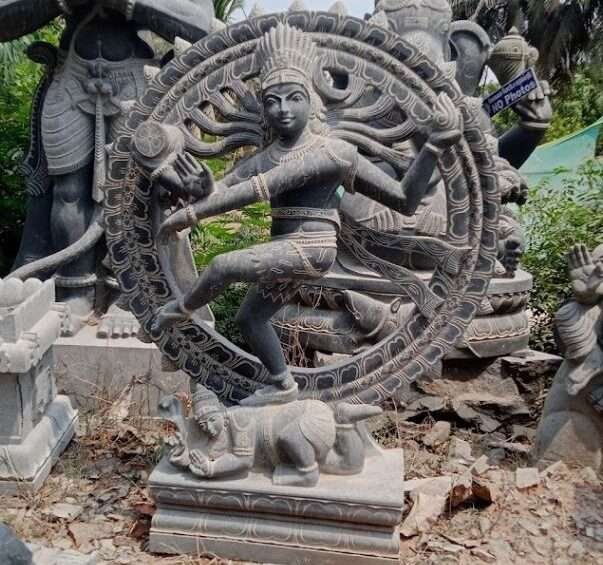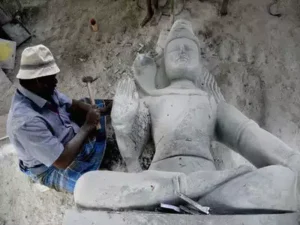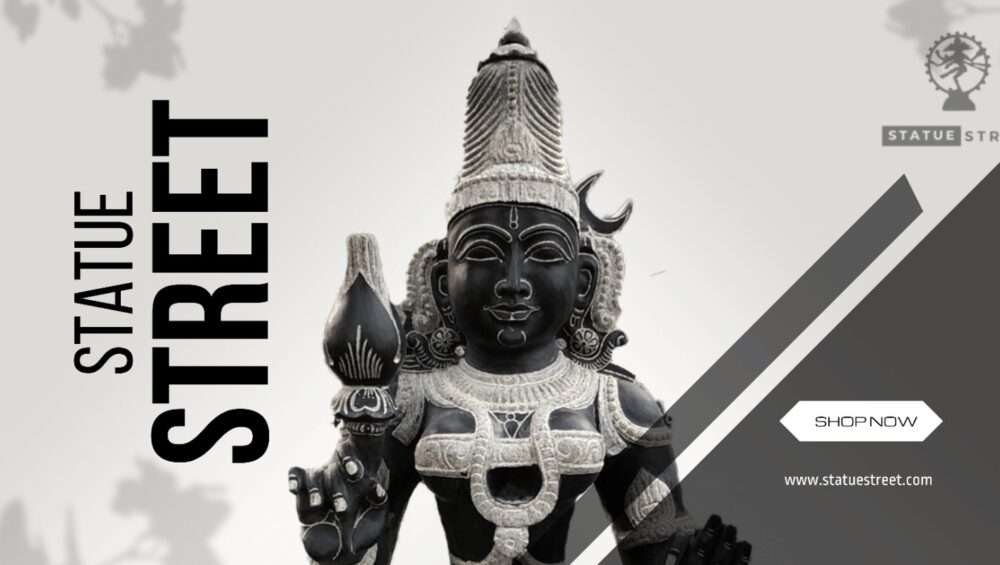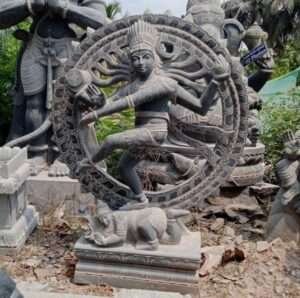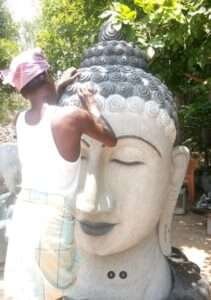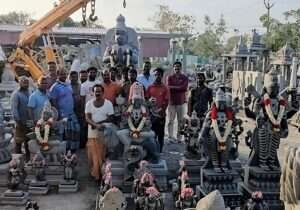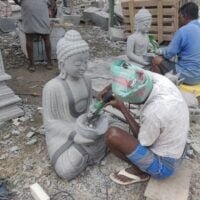Sculpture, as a form of artistic expression, has long been synonymous with capturing the human spirit and essence. Figurative statue sculpture, in particular, focuses on portraying the human form and emotions, delving into the intricate intricacies of the soul. Join us as we venture into the world of expressive and figurative statue sculpture, where artists masterfully breathe life and emotion into stone, metal, and other materials.
Figurative Sculpture: A Glimpse into the Human Psyche:
Figurative statue sculpture is a genre deeply rooted in human history and culture, representing the human form in various states of emotion, movement, and grace. Artists strive to encapsulate the essence of humanity, offering a window into the soul through their sculpted creations.
Emotions and Expressions:
- Capturing Human Emotions: Figurative sculptures often depict a wide range of emotions—joy, sorrow, love, contemplation, and more—inviting viewers to connect with the human experience on an emotional level.
- Dynamic Poses: Artists skillfully craft sculptures that capture movement and gesture, evoking a sense of life and vitality within the static form, illustrating the human body in motion.
Masters of the Craft: Renowned Figurative Sculptors and Their Work:
Throughout art history, numerous sculptors have achieved mastery in creating figurative sculptures that resonate with audiences across generations. Their works offer profound insights into the human condition and the complexities of the psyche.
Notable Sculptors and Their Contributions:
- Auguste Rodin: Known for his emotive and lifelike sculptures, Rodin revolutionized figurative sculpture with works like “The Thinker” and “The Kiss,” exploring human thought and passion.
- Henry Moore: Renowned for his abstracted yet recognizable human figures, Moore’s sculptures explore the relationships between forms and spaces, encapsulating movement and vitality within stillness.
The Interplay of Light and Form: Sculpting the Soul in Stone and Metal:
Artists in the figurative sculpture genre masterfully manipulate light and shadow to enhance the three-dimensional effect of their sculptures, adding depth and a sense of realism to their creations.
Sculptural Techniques:
- Subtractive Sculpting: Artists carve away excess material from a solid block, revealing the figure within and allowing the interplay of light and shadow to define the form.
- Additive Sculpting: Artists build up the sculpture by adding and shaping materials, providing control over the surface texture and enhancing the play of light on the sculpture.
Conclusion:
Figurative statue sculpture embodies the essence of humanity, encapsulating our emotions, movements, and thoughts frozen in time. Through the skillful hands of artists, stone and metal are transformed into vessels of emotion and grace, inviting us to contemplate the beauty and complexity of the human soul. As we explore these sculptures, we immerse ourselves in the rich tapestry of human experience, connecting with the sculptures and the artists who sculpted them.

